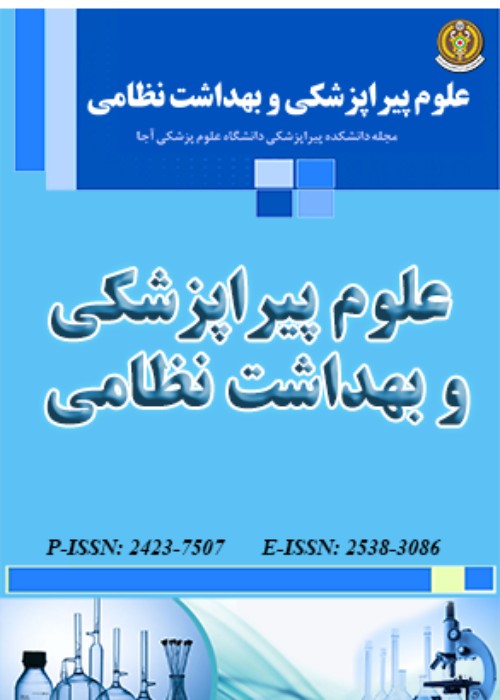Assessment of Entrance Skin Doses and Effective Dose for Common X-ray Diagnostic Examinations
Author(s):
Abstract:
Introduction
Nowadays, we are witnessing a progressive application of radiology techniques in various communities as well as in Iran. Medical radiological examinations are one of the important sources of public radiological dose. Entrance skin doses and effective doses for patients in diagnostic radiology examinations should be assessed for the imaging techniques optimization and patients radiation protection. Thus, the related radiation-protection organizations have recommended measuring the patient doses resulted from such techniques. The main purpose of this study was to investigate the patient doses in common radiographic examinations.Methods and Materials: The eight most commonly radiology examinations were selected for dosimetry calculations after reviewing and analyzing radiology examination data at an imaging center over a 3-month period. 283 patients underwent eight radiography procedures containing Chest (PA), Pelvice (AP), Abdomen (AP), Skull (AP), Thoracic Spine (AP), Thoracic Spine (LAT), Lumbar Spine (AP) and, Lumbar Spine (LAT) were selected for dose measurements. Data of exposure parameters (kVp, mAs, FFD and projection) were collected in all 283 patients. ESD (Entrance Skin Dose) and effective dose values were calculated using the analytical formula and a software indirectly (PCXMC). In addition, they compared with published works and internationally established diagnostic reference levels.
Results
The average entrance skin dose (in mGy) and effective dose (in mSv) for the Chest (PA), Pelvice (AP), Abdomen (AP), Skull (AP), Thoracic Spine (AP), Thoracic Spine (LAT), Lumbar Spine (AP) and, Lumbar Spine (LAT) were (0.15-0.028), (5.4-0.87), (2.7-0.61), (2.2-0.05), (4.6-0.28), (5.1-0.20), (5.8-0.47), (6.2-0.30), respectively.Discussion and
Conclusion
As expected, the patient doses in radiology exams varied consumedly because it depends on many factors including the type of medical imaging systems, examination complexity, experience and skill of the operator, and patients weight. In radiology, it is possible to reduce patients effective dose using small field of views, appropriate potential difference and mAs. There is still a need for personnel training and national guidance on good practice for optimizing of patients doses.Keywords:
Language:
Persian
Published:
Paramedical Sciences and Military Health, Volume:11 Issue: 3, 2017
Pages:
1 to 5
magiran.com/p1643404
دانلود و مطالعه متن این مقاله با یکی از روشهای زیر امکان پذیر است:
اشتراک شخصی
با عضویت و پرداخت آنلاین حق اشتراک یکساله به مبلغ 1,390,000ريال میتوانید 70 عنوان مطلب دانلود کنید!
اشتراک سازمانی
به کتابخانه دانشگاه یا محل کار خود پیشنهاد کنید تا اشتراک سازمانی این پایگاه را برای دسترسی نامحدود همه کاربران به متن مطالب تهیه نمایند!
توجه!
- حق عضویت دریافتی صرف حمایت از نشریات عضو و نگهداری، تکمیل و توسعه مگیران میشود.
- پرداخت حق اشتراک و دانلود مقالات اجازه بازنشر آن در سایر رسانههای چاپی و دیجیتال را به کاربر نمیدهد.
In order to view content subscription is required
Personal subscription
Subscribe magiran.com for 70 € euros via PayPal and download 70 articles during a year.
Organization subscription
Please contact us to subscribe your university or library for unlimited access!


